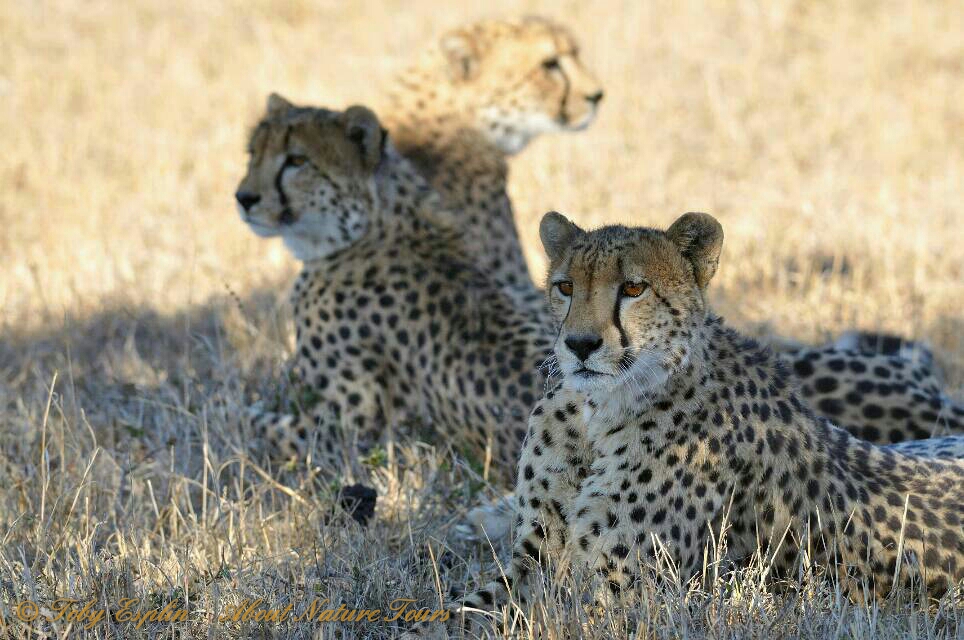One of the most beautiful big cat species, the Cheetah (Acinonyx jubatus) is one of the most sought after big cats in Africa, though it’s popularity was not always for the same reasons…
Cheetah’s once faced being pushed to extinction due to the historical trade in their coats that used to be worn proudly as a status symbol, and in more recent years being hunted by livestock farmers as vermin, however today they are facing the battle due to an ever decreasing habitat on an over-populated continent. Once occupying much of Africa and Asia, they are now restricted to isolated populations occuring mostly in large conservation areas throughout sub-saharan Africa and a small isolated population of less than 50 known reproducing individuals in Iran.
Roughly 12,000 years ago, the Cheeatah also experienced what is known as a population bottleneck, where between 75 and 90% of the population was wiped out in what is believed to be a mass extinction event. This drastic reduction in the genetic variability along with (until in recent years) the horiffic impact that we humans have had on the population decline has been detrimental to the Cheetahs chances of survival. While Cheetahs are prolific breeders with an average of 3 to 5 cubs born per litter (up to 9), they suffer a mortality rate of up to 95% with most cubs not surviving to see out their first 12 months, due to a combination of the above factors.
The Cheetah is a formidable hunter in respect to its manouvering ability at high speeds. Reaching consistent speeds in their natural vegetated environment of up to 98 kilometres an hour (61mph), it is able to make quick turns with the aide of a long tail that acts as a rudder and with the help of an elongated lower spine, it is able to accelerate to top speeds some 4 times quicker than humans, though it is only able to maintain these speeds over relatively short distances.


Recent Comments